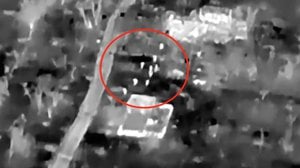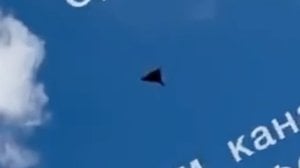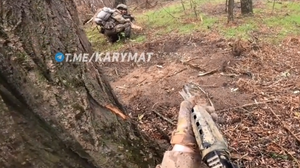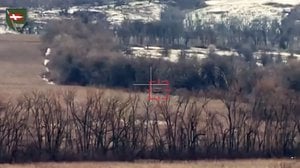
More HIMARS Destroying Russian Artillery
Published 1 years ago
This is a compilation video of various Russian artillery systems being destroyed by HIMARS assigned to the 43rd Separate Artillery Brigade. Two delf-propelled howitzers and a MLRS are spotted by drone and then destroyed in turn by a HIMARS rocket. The targets are a 2S1 122mm self-propelled howitzer, a venerable BM-21 Grad MLRS, and a 2S5 152mm self-propelled howitzer.
Compared to U.S. and other NATO forces, the Russian army is artillery-focused and possesses a much higher proportion of indirect fire systems to ground forces. U.S/NATO doctrine relies heavily on air power, and a U.S. division might possess a single artillery brigade to support its three maneuver regiments and two independent light armor battalions. The 1st Marine Division has a single artillery regiment organic to the division, and it may operate in support of the division or individual battalions may be tasked to support a Regimental Combat Team (RCT), comparable to an Army brigade. The Russian Army’s recent reorganization emphasized the brigade, and a Russian motorized rifle (mechanized infantry) brigade has four maneuver battalions and an equal number of artillery battalions. In Ukraine, Russian artillery has proved neither accurate nor able to provide rapid and responsive fires in support of maneuver elements, but its sheer quantity has allowed the Russians to generate massed fires that have been damaging to Ukrainian forces.
Despite having fewer artillery tubes, Ukraine has proved adept at providing accurate and timely fires in support of maneuver commanders and in the counter-battery role. Using drones as observers to target enemy systems has allowed effective counter batter fires that have reduced the Russian advantage in artillery. Ukrainian targeting has typically been more thoughtful, employing precision systems to engage artillery systems, command and control assets, and logistics nodes, depriving Russian front-line units of the support required to fight effectively. This particularly video represents an effective use of the MLRS platform in shaping the battlespace to support Ukrainian offensive operations.
In a final note, successful Ukrainian HIMARS employment is possible due to solid communications architecture, effective reconnaissance, and the creative use of off-the shelf drone technology. As of yet, there is little indication that U.S. forces are engaged in a serious effort to integrate these lessons into U.S. doctrine. It is certain that every near-peer adversary, regional power, parasitic proto-state, and hostile non-state actor is observing this conflict and taking notes, looking for ways to use cheap, readily available technology to maximize the utility of existing systems and to negate advantages in firepower. The U.S. and its partners would do well to integrate some of these lessons and to anticipate how potential adversaries might do the same.
About the Author

Cam
Cam served as an infantry officer in the Marine Corps, deploying to the Horn of Africa and participating in combat operations in Iraq. He currently works in the maritime industry and in the defense sector as an instructor of combined arms planning and operations. An avid sailor, Cam founded and directs a nonprofit that supports veterans and first responders through sailing.













